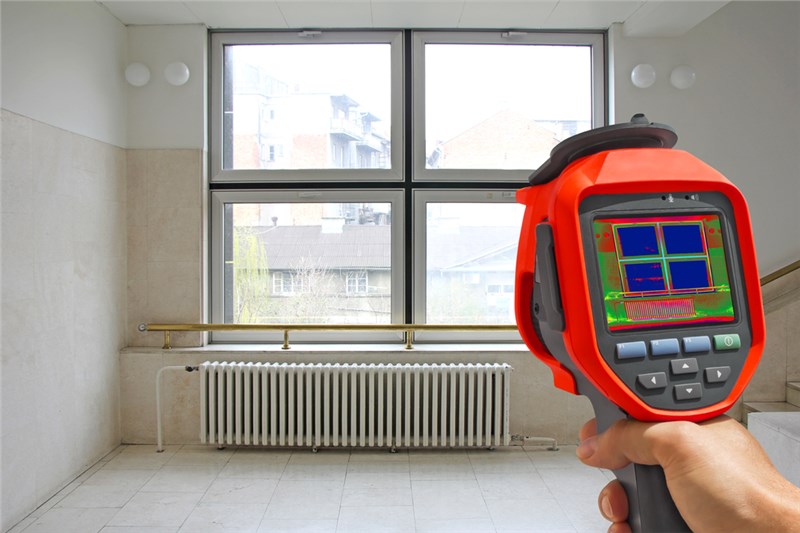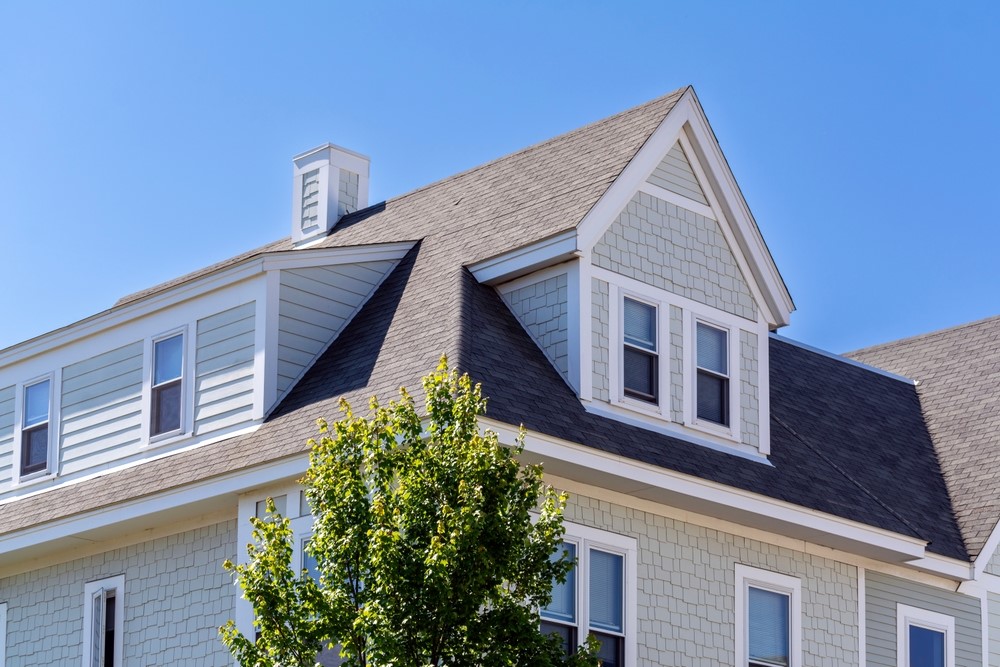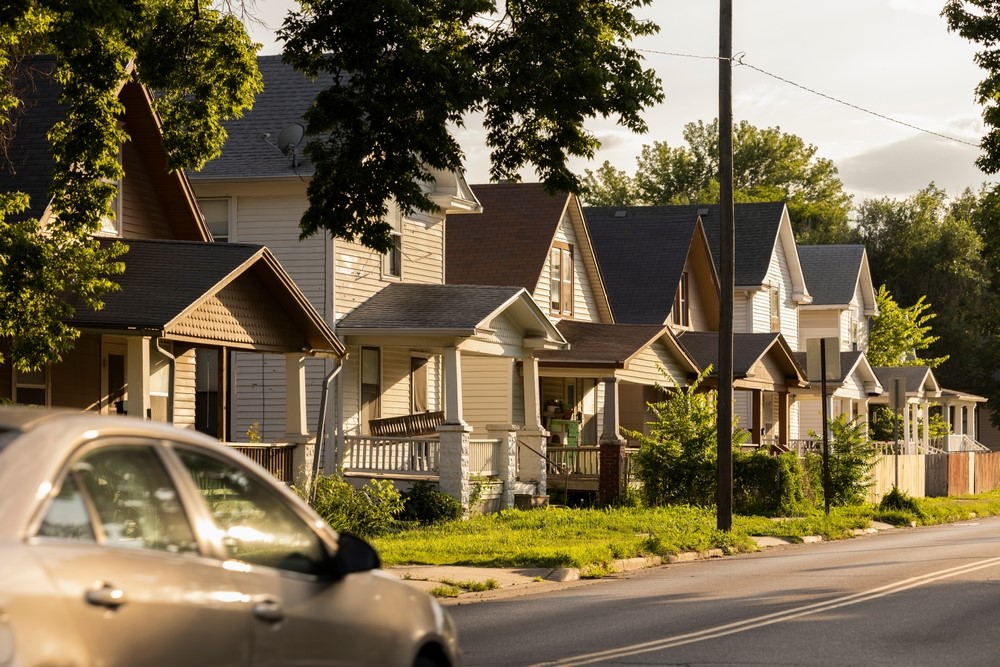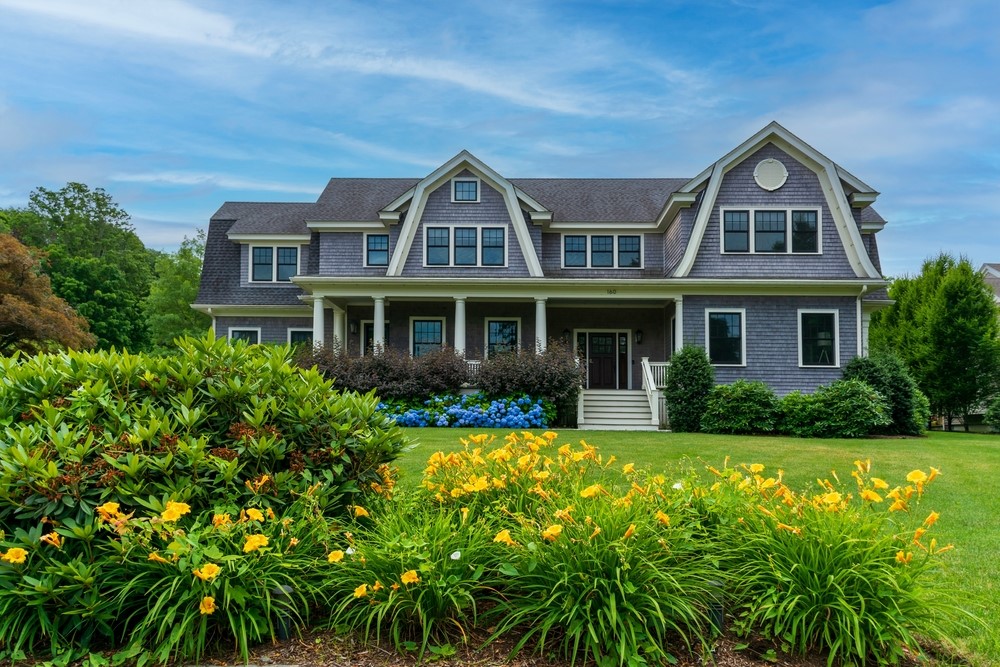
Saving money is something that most homeowners would love to do. One way to lower monthly expenses is by shoring up your home’s energy efficiency, and a great way to do that is by installing energy saving windows. While many understand that an energy efficient window installation is a good thing, most don’t really know exactly why or fully understand the benefits. Here is a primer on energy efficient windows.
What Makes Windows Energy Efficient?
You’ve probably heard terms like Low-E, heat transfer, and gas filled. It is a good idea to understand the meaning of those terms, but here is a simpler explanation as to what makes a window energy efficient.
Glass
Energy efficiency isn’t just about keep your heat or cool air it; it’s also about keeping cold weather and light and heat out. Quality glass will do both. Look for:
- The Number of Panes: It’s obvious that double-pane glass will provide better insulation than single-pane glass. Always opt for at least double pane, or upgrade to triple-pane for even better energy efficiency.
- Glass Coating: Windows with a Low-E coating reflect heat, which is a benefit all year long. During the summer, heat from the sun is directed away from the windows, so it doesn’t enter your home. During the winter, the glass redirects heat back into your home.
- Insulating Glass: A gas fill between layers provides extra insulation and improves the overall energy efficient performance of replacement windows.
Note that there are different types of low-E glass that are appropriate in different climates. Talk to your window professional about which is best where you live.
Framing
Don’t make the mistake of thinking it’s only the glass that plays a role in window efficiency—the frame material is also important. There are many things to consider when choosing a frame material such as cost, aesthetics, and energy efficiency. Let’s take a look at the efficiency of common window frame materials:
- Wood: Wood frames require a good amount of upkeep, but they provide excellent insulation.
- Fiberglass: Fiberglass is a composite that provides the look and insulation of wood at a lower cost.
- Vinyl: Vinyl frames are a cost-effective choice that can enhance energy efficiency if you choose multi-chambered vinyl frames.
- Aluminum: If you touch aluminum window frames on a very hot or very cold day, you’ll be able to see that the material isn’t a superior insulator.
Installation
Proper installation is a must in order to get the best performance from replacement windows. Be sure to choose a company with a solid reputation and that uses highly trained, experienced window professionals.
How Do Energy Saving Windows Benefit Me?
So is it worth investing in energy efficient windows for your St. Louis home? Yes! Benefits include:
- Comfort: When you install energy efficient windows and doors, it’s easier to maintain a comfortable temperature in your home even when the temperatures outside fluctuate.
- Lower Carbon Footprint: According to ENERGY STAR, if you upgrade to high-performance windows, you can save up to 6,205 pounds of CO2 per year, which is equivalent to 317 gallons of gas.
- Savings: Trimming your heating and cooling costs is, to many, the best reason for upgrading to energy efficient windows.
How Much Could I Save?
So what’s the bottom line when it comes to savings? There is no easy answer as many factors come into play including:
- Type of windows you’re replacing
- Size of the house
- Age of the house
- Other energy-efficient features, such as insulation
While it is difficult to predict that exact amount you’ll save, typical homeowners can save nearly $500 a year when upgrading from single pane windows to high performance windows.
Contact us today to learn more or to schedule a free consultation for an energy efficient window upgrade. Call Alenco today, or fill out our simple online form now to get started.
Tags
Subscribe to Alenco Inc's Blog
 We back our durable products with our limited lifetime warranty.
We back our durable products with our limited lifetime warranty.








Comments